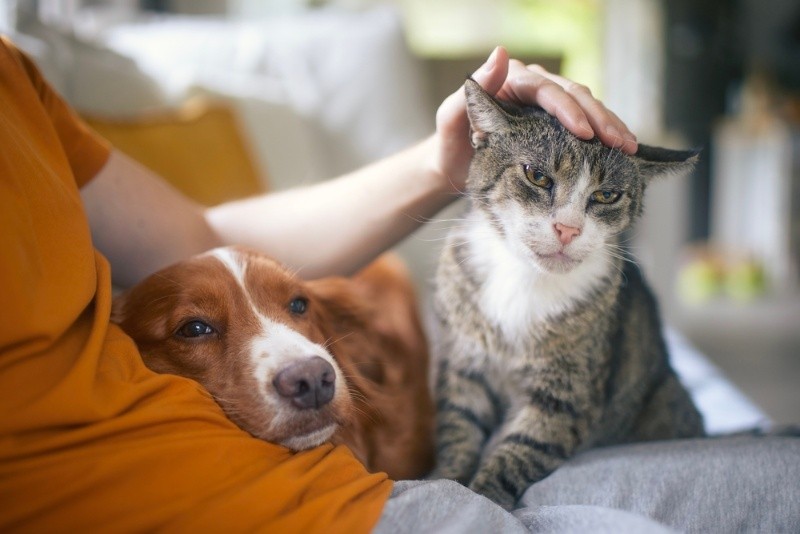According to the National Geographic article titled What Is Going Through Cats' Minds About Us? , cat behavioral specialist John Bradshaw from the University of Bristol and writer of the book Cat Sense (The Inner World of Cats) has come to a fascinating conclusion: cats do not comprehend humans as well as dogs do. Following extensive observation of household cats, Bradshaw has amassed significant understanding of their perception of people.
John Bradshaw's view on the cat's point of view
Starting with insects and ending up with cats: Bradshaw initially delved into the sense of smell in invertebrates. By the 1980s, his interest shifted towards canines before ultimately concentrating on deciphering the perspective of felines.
Research techniques: He monitored felines in rescue centers and community groups, carried out studies to examine their conduct during various hours of the day, and talked with pet owners to grasp their perspectives on interpreting their animals' behaviors.
What does a cat think of humans?
- They do not view us as a distinct species: In contrast to dogs, which modify their conduct when interacting with people, Cats usually interact with us as they would with other felines. For instance, they lift their tails, nudge against us, and stay close by—actions they typically display among other cats.
- They do not perceive us as awkward or less capable: Even though cats might observe our sometimes ungraceful behavior—given that we often stumble over them rather than vice versa—there’s nothing indicating they consider us to be lesser beings. Actually, their tendency to nudge against us (an action reserved for those they deem above themselves) implies both admiration and fondness.

Key feline behaviors
- Silent stress Bradshaw found that numerous housecats endure significant stress unbeknownst to their owners. Conflicts with other felines, for instance, can result in conditions such as dermatitis or cystitis.
- Customized vocalizations Cats modify their meowing techniques to obtain desired outcomes from their owners, showcasing their adaptability and communicative abilities.
- Individual preferences Cats frequently select a preferred individual within the household and modify their conduct depending on whom they engage with, showcasing their social intellect.
- Behaviors inherited from kittenhood Actions such as 'kneading' originate from their kitten days. Cats employ these behaviors with people as a way to bond and communicate.
- They can be trained Even though it's less frequent compared to dogs, cats have the ability to steer clear of specific actions when techniques that do not induce fear or stress are employed, since they possess the capacity to recall unpleasant events for an extended period.
- Limited sociability Cats may enjoy social interaction, though typically not as much as dogs do. Bringing a new feline into your household requires caution since, without compatibility, living together might have to be reassessed.
What additional information do we require?
Bradshaw maintains that feline behavior requires further study. Cats, unlike dogs, have garnered significantly less scientific interest, possibly due to their ambiguous status as neither completely wild nor thoroughly domesticated animals. Gaining insight into how they perceive their environment is essential for enhancing their quality of life within human households.




0 Comments